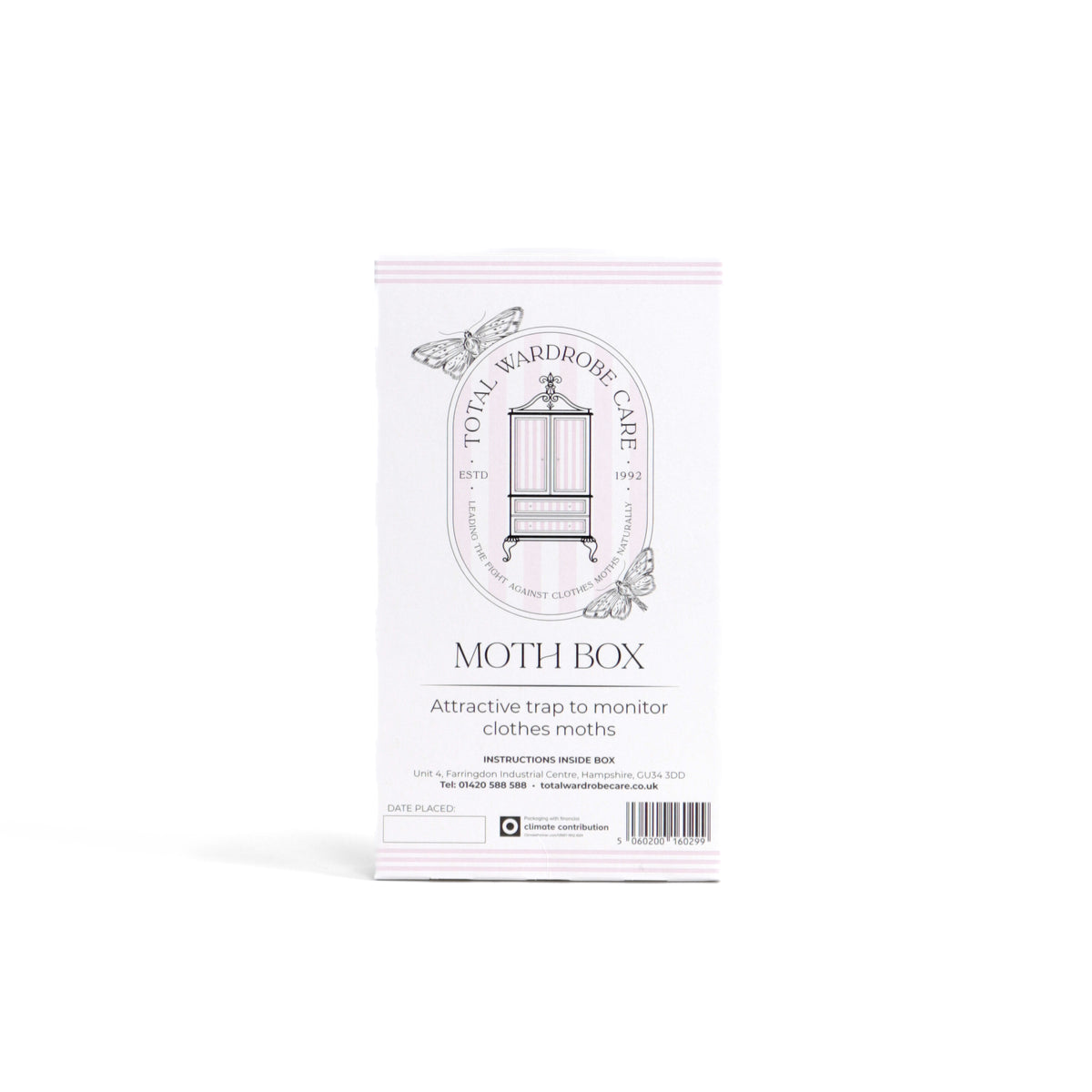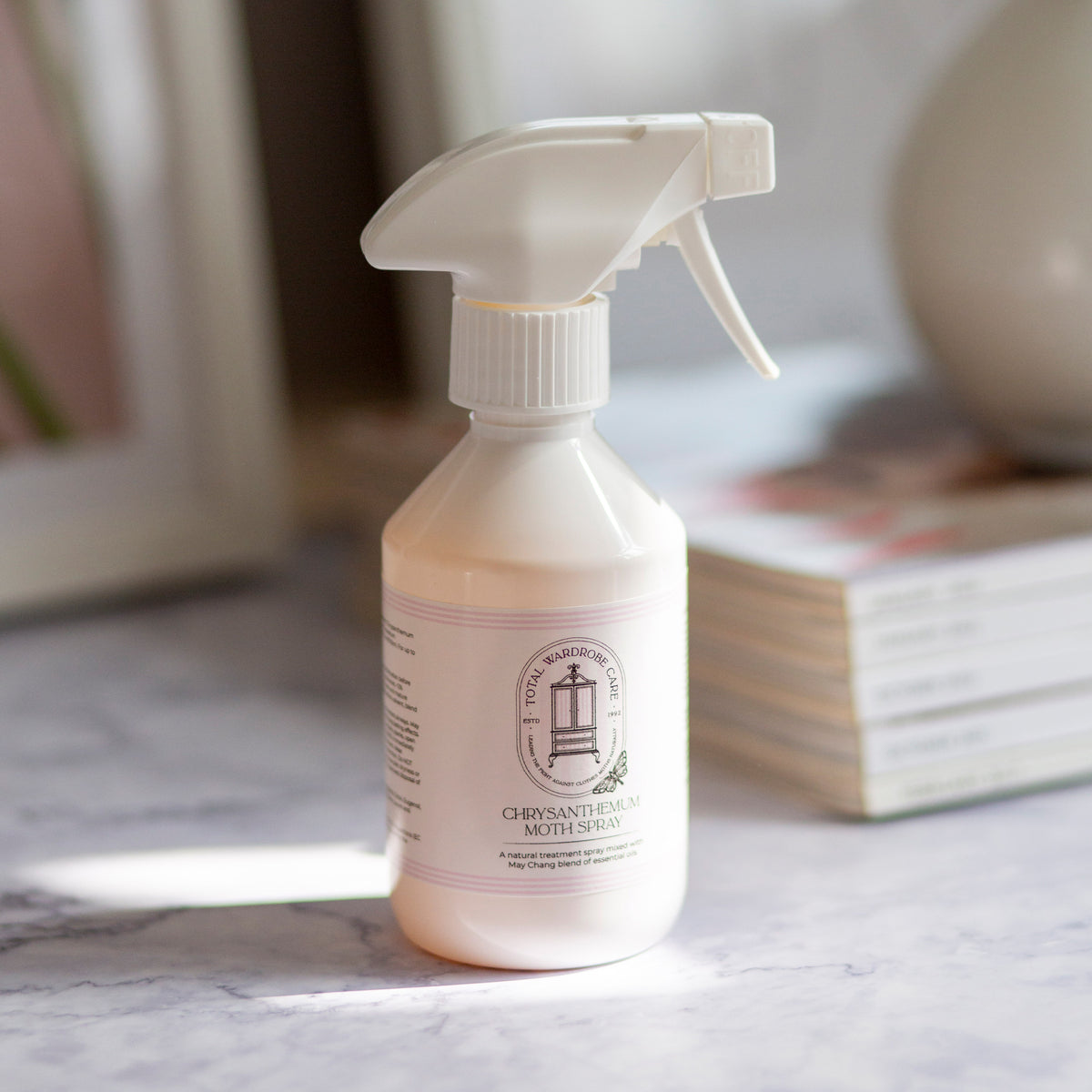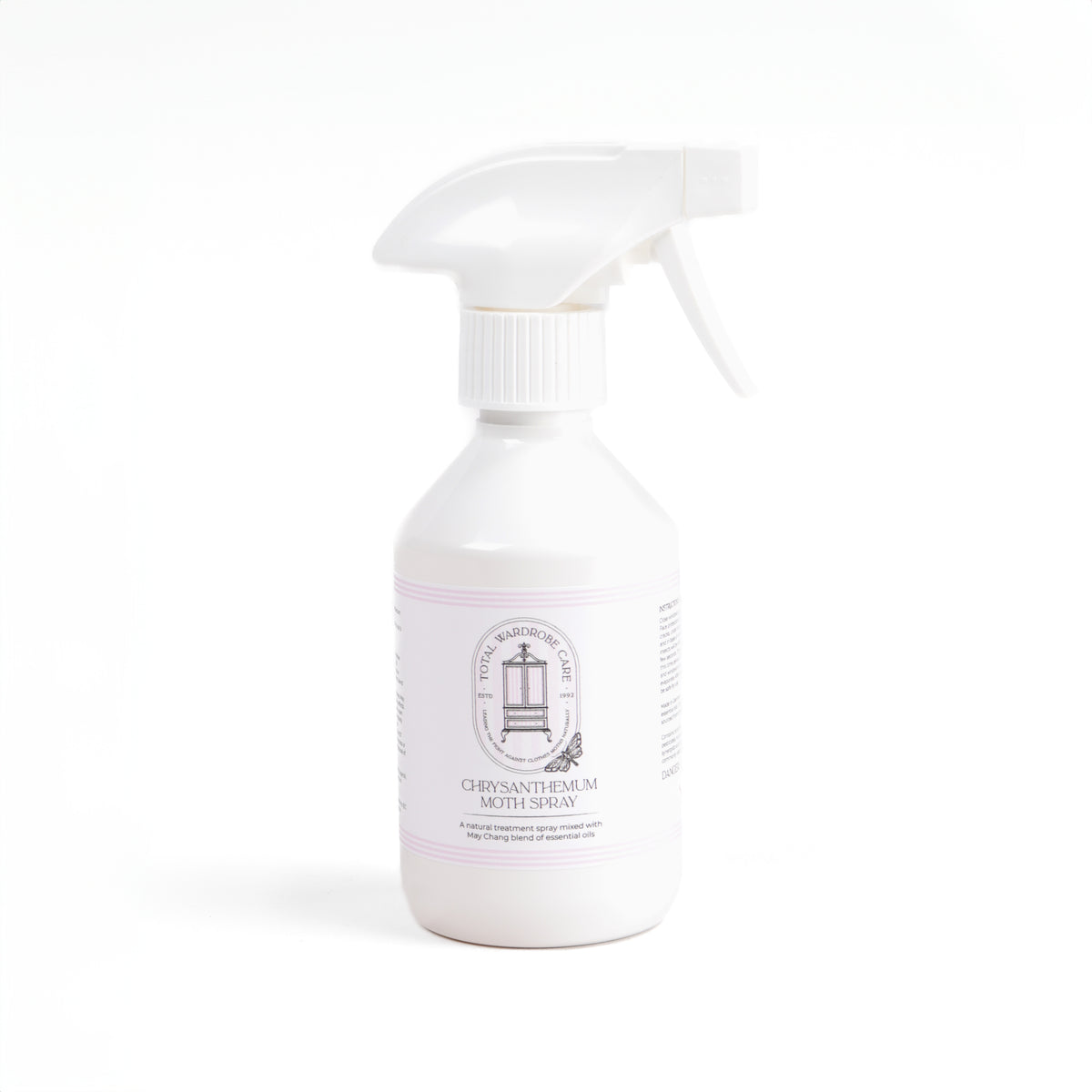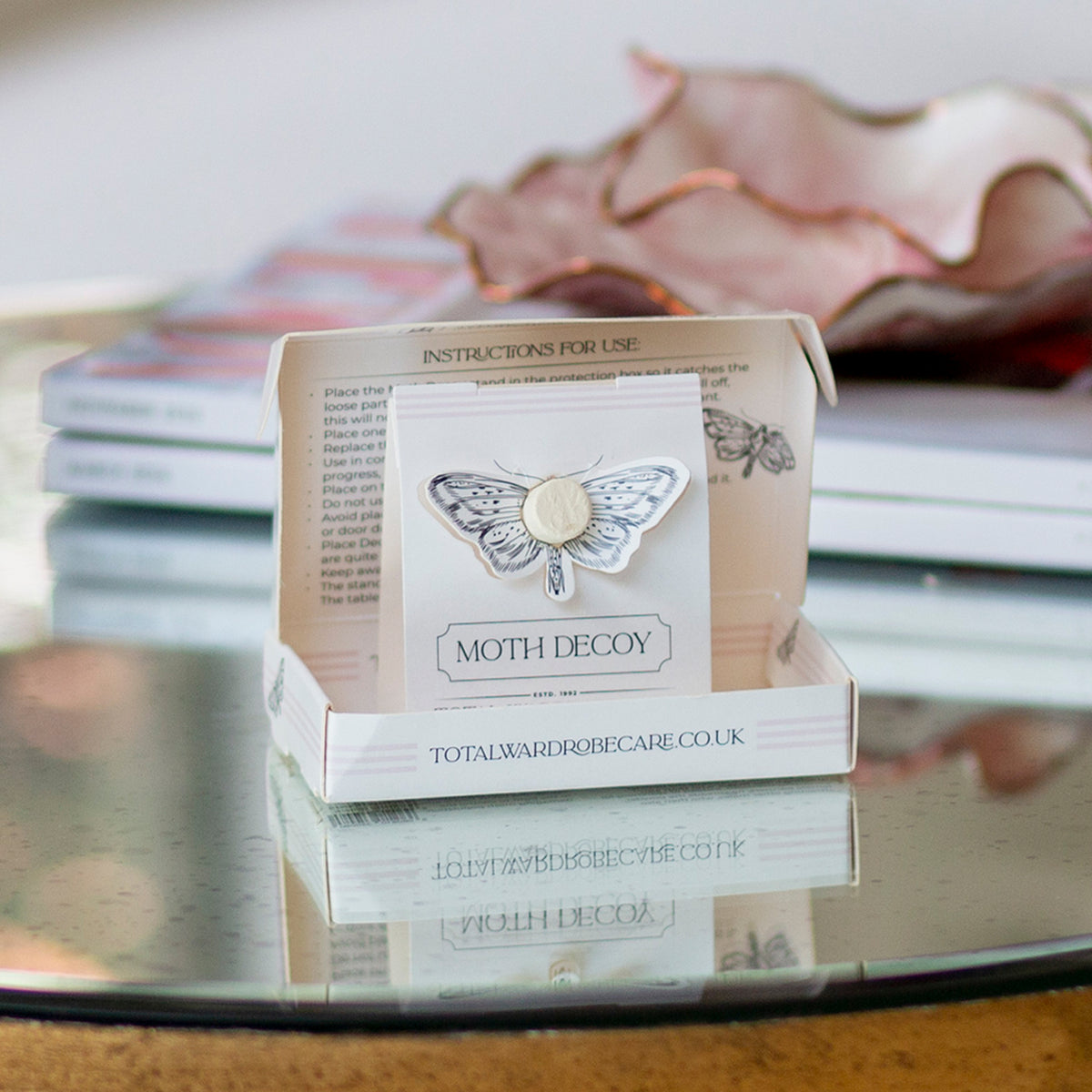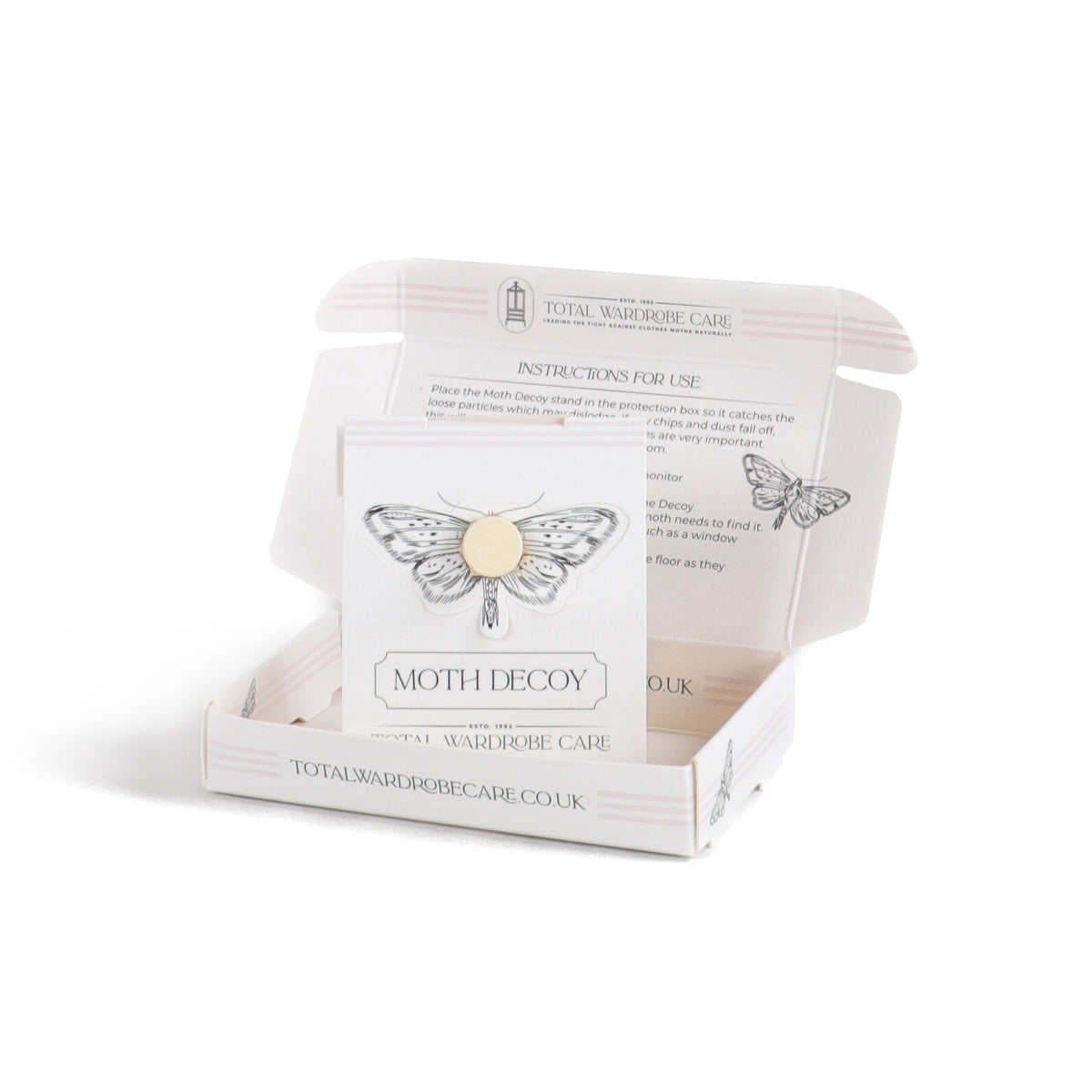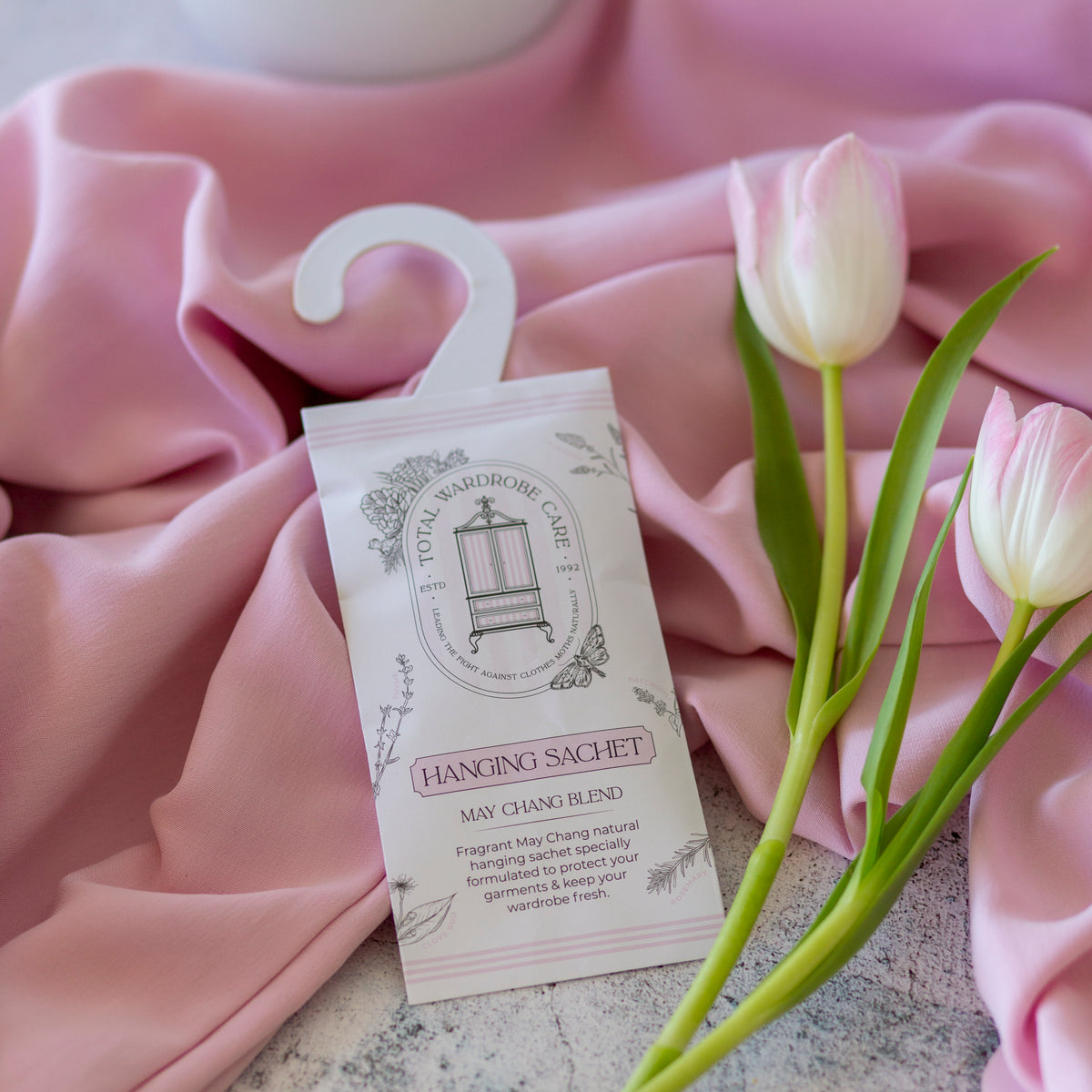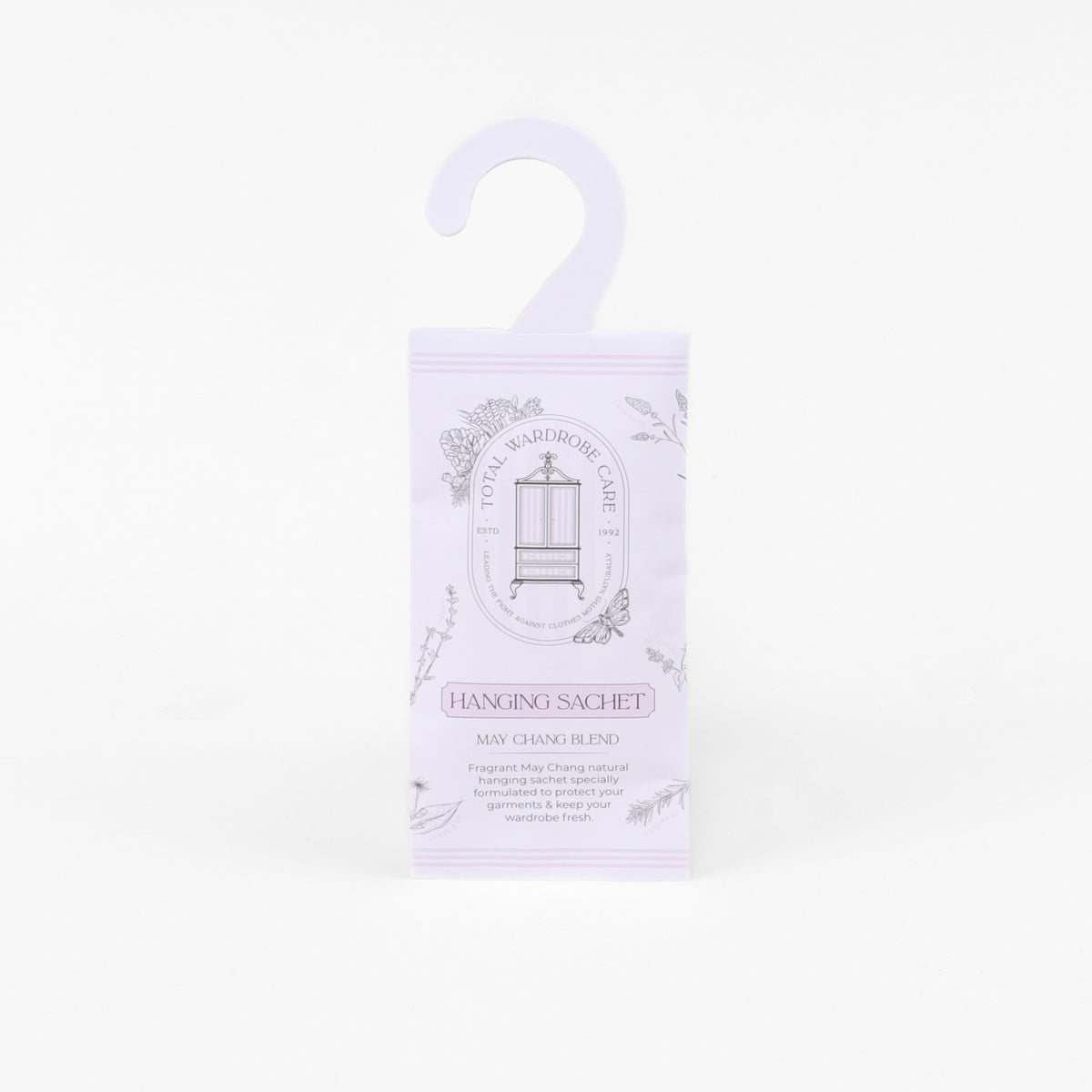We realise that, ‘Do I have moths?’ is probably not what you’re asking yourself right at this moment, it’s the middle of summer, schools have closed, and we’re all out and about enjoying the hot weather, so we admit, the last thing on our minds is what’s going on in our wardrobe. But our intention is to sow the seed because come the Autumn, when the weather turns and you gradually start reaching for your cosy jumpers and spot a little hole here or there, you’ll think of us and come back for our advice. The chances are, if you read this blog now, you may already suspect that you have a clothes moth problem and are looking for answers.
WHAT CAUSES MOTHS TO COME INTO THE HOME?
Clothes moth live naturally in the wild, anywhere they can get to natural fibres that contain the protein keratin, so bird’s nests in trees and hedges are a prime natural habitat. They enter our homes through open windows and find somewhere with a food source, (natural fibres), to hide and feast. Nowadays, of course it’s more likely that we bring moths into our homes on second-hand furniture, vintage clothing and soft furnishing. A friend of ours got clothes moths from a wonderful old wardrobe she bought on eBay and some of our clients have moved into homes with an already well-established moth population. That didn’t turn up on the homebuyer’s survey! Once inside your home of course there is plenty to eat, so it’s no surprise that they stay.
The Common Clothes moth, (Tineola bisselliella), for the entomologists among us, is very small at half and inch / just over a centimetre in length. If you see them fluttering around you house, they may just seem like a streak of light that you catch in your peripheral vision. When they are resting on walls or furniture their wings close in tightly so that they look like a small thin silvery line. On lightly shaded surfaces, you can easily miss them.
THE LIFECYCLE OF A CLOTHES MOTH
We don’t want to get too technical but to tackle clothes moth, it really is useful to know its lifecycle and behaviours. The more you understand this pest, the more you will understand how our products work and the better prepared you will be to deal with them.
The adult clothes moth does not eat. The larvae eat natural fabrics for the protein, keratin, damaging them in the process. Once the moths have mated, the female lays 40 to 50 eggs over a period of 4 to 21 days. Once the larvae hatch, they feed on your clothes for about 50 days before they pupate. During this time, they continue to feed. Once the adults emerge, they mate, and the cycle starts again.
Traditionally, this cycle goes on from May to October and whilst, yes, we see a spike in enquiries throughout Spring, with centrally heated and well insulated homes becoming the norm, this lifecycle can carry on all year round.
HOW DO MOTHS MATE?
We are telling you this because it will help you understand the purpose of some of the products in our range. When a female moth wants to mate, she emits a pheromone which creates a plume. Imagine that the aeroplane in the image is a female moth and the smoke represents the pheromone plume. This pheromone is unique to the species, so it won’t attract any other moth and it certainly can’t be detected by the human nose! When the male moth detects the pheromone from afar, he follows the plume, flying in a zig zag pattern. Every time he flies out of the plume of pheromone, he turns back to find it again. As he does this, he gets closer to the female until he finally finds her and mates. Fascinating!!!
HOW TO TREAT MOTHS IN YOUR HOME
When researching Products to Tackle Clothes Moth, we spoke to pest control experts and entomologists. One key thing we learned was that it is better to take a holistic approach by using a range of different methods rather than relying on one thing. In the pest control industry this is known as ‘Integrated Pest Management’ and it’s why we have put together the following range of products.
If you suspect you have clothes moths but want to be sure, our Moth Box is the place to start. Each box contains a sticky pad infused with the female moth pheromone. This attracts male clothes moths which stick to the board and die. If you’re catching 1-2 two moths a week, you’re unlikely to have a severe infestation so you may wish to continue using the Moth Box, remembering to replace it every 3 months. This will remove males from the population by reducing mating. Crucially, it will act as an alarm system, alerting you to increasing infestation levels. This is your first level of defence.

If the Moth Box fills up in the space of a week, you are likely to have a full-scale infestation and will want to consider deploying further methods in tandem, such as a deep clean and using further products. Our previous blog provides great advice on how to thoroughly check your house for a moth infestation. When carrying out a deep clean you should opt for our Chrysanthemum Spray to treat wardrobes, carpets and behind curtains. The spray kills adult moths and larvae on impact and is imbued with our signature anti-moth essential oil blend.
Our Moth Decoy takes the use of moth pheromones a step further. The small decoy tablet is made of carnauba wax micro-powder infused with the female moth pheromone. The tablet attracts the male moth. When the male touches the tablet, the Pheromone Infused Powder sticks to the male, overloading him with pheromone signals, causing confusion and essentially stopping him from finding a real female. It’s a bit mean but it doesn’t actually kill the moth. The more male moths get covered in powder, the more fake pheromone plumes there are. This results in complete confusion for your moth residents.
This is a fabulous long-term solution for well-established infestations and if you use it in conjunction with the Moth Box, you will be able to see the numbers reduce over time. Like the Moth Box, The Moth Decoy must be replaced every 3 months, so we offer a handy Subscription Service to take the trouble out of remembering to re-order, ensuring constant coverage. So, go out and enjoy the summer for now but don’t forget that your moth problems can be solved here!

NEED HELP?
For any clothes moth related problems we are here to help, so please do not hesitate to Contact Us for our expert advice.



